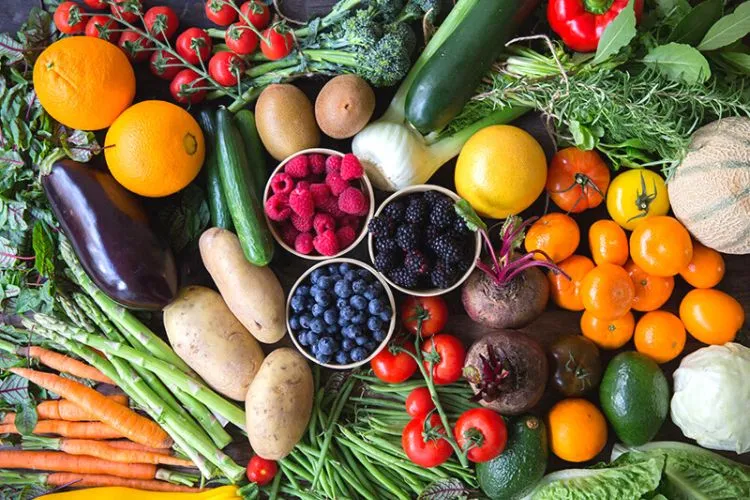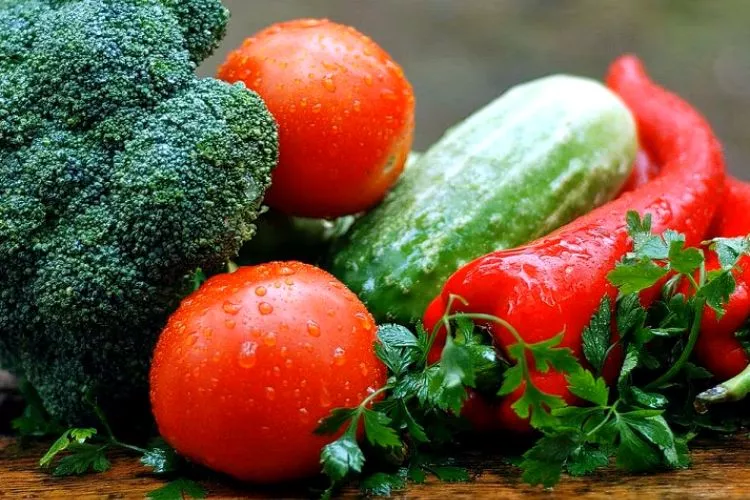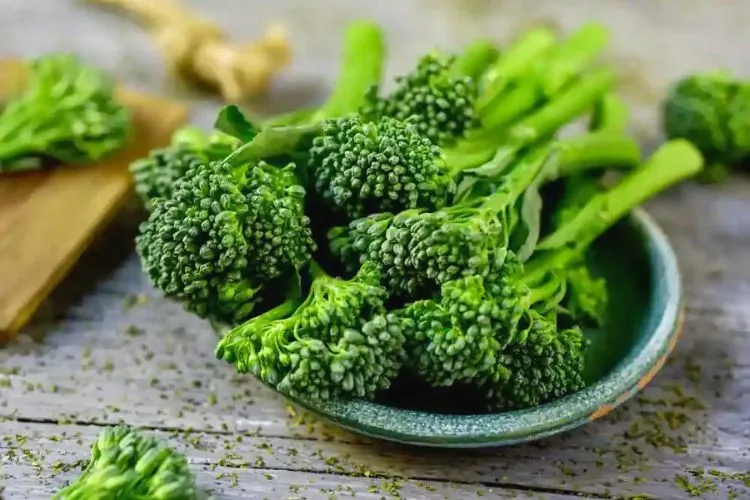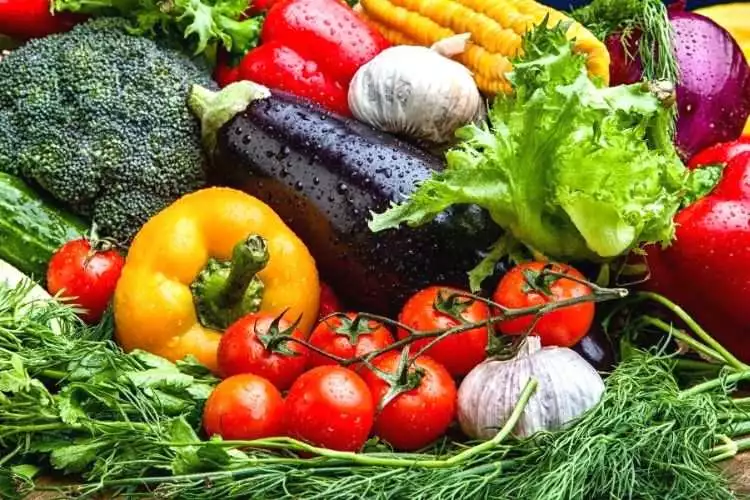Hybrid foods are created by the crossbreeding of 1 or more certain types of fruits, vegetables, and or/herbs.
This method of “tinkering” has been practiced for tens of thousands of years and has produced some interesting results. For example, boysenberries result from splicing raspberries, loganberries, and blackberries.
But, are hybrid foods bad for you?
No, hybrid foods aren’t bad for you. In fact, it has many health benefits, so you can consume them without any worries.
Crossbreeding became popular because it allowed the producer to create foods with all the best characteristics. This made them more durable, increased their production, made them taste better, and, of course, making them easier to trade and sell.
Producing hybrid foods comes with challenges, but the result far outweighs the time, energy, and money it takes to produce them.
In this article, we’ll go over any health implications that hybrid foods may cause and all the pros and cons of producing them. If that’s the type of information you’re after, read on for the answers!

Table of Contents
Are hybrid foods bad for you? (The Answer)
There is much debate surrounding hybrid foods’ health benefits or potential drawbacks. However, the reality is that most of them were created for the benefit of mankind.
The fact that crossbreeding producers has had tens of thousands of years to perfect their craft says that the result that we see has all the best and most healthy bits left for us to enjoy.
Some hybrid foods may have contained poisonous parts or even had many health benefits but were unsuitable for the human body to break down. Therefore, altering them either over the years or, more recently, in labs has enabled us to utilize them without any hindrance.
Fresh fruits, vegetables, and/or herbs have been the backbone of most civilizations for as long as time has progressed. We are just lucky to have the luxury of convenience in this day and age.
Therefore, it’s safe to say that it is indeed a myth that fresh hybrid foods are bad for you.
The Pros of Hybrid Foods
Hybrid foods have many upsides, namely their heightened nutrient levels, resilience to environmental factors, and greater yields. Let’s have a look at the benefits of hybrid foods in detail.

Increased Nutritional Value
One of the benefits of hybrid foods is their potential to have a higher nutritional value than their non-hybrid counterparts. Crossbreeding can combine different nutrients in new ways, resulting in fruits and vegetables that are more nutritious overall.
For example, a hybrid fruit may have more antioxidants, vitamins, or minerals than its parent varieties. Additionally, some hybrid plants may potentially produce new vitamins and minerals altogether.
More Resilient Plants
Another benefit of hybrid plants is their increased resilience to pests, diseases, and environmental factors. Crossbreeding can help create plants more resistant to certain strains of diseases, pests, and even weather conditions.
This can result in more consistent yields, fewer crop losses, and more sustainable agriculture. Hybrid plants can also be drought-resistant and require less water to thrive, making them a good option for areas with limited water resources.
Higher Yields
Higher yields are another potential benefit of hybrid crops. By crossbreeding plants with desirable traits, farmers can produce more crops per acre, helping to feed a growing population.
Hybrid crops can also be more efficient in using water and land, meaning that more food can be produced with fewer resources. Finally, higher yields can help lower the overall cost of production, making healthy food more accessible and affordable to everyone.
The Cons of Hybrid Foods
While there are several potential benefits of hybrid foods, there are also some risks and drawbacks. Here are some of the potential downsides of consuming hybrid fruits and vegetables:

Potential for Allergic Reactions
One inherent risk of hybrid foods is the potential for allergic reactions. Because hybrid plants are created by crossbreeding different varieties of plants, they can create new combinations of genes that may not be found in natural foods. This can lead to new allergens that may trigger allergic reactions in some people.
Additionally, people who are already allergic to one of the parent plants may have an increased risk of allergic reactions to the hybrid.
In such cases, the plant must be studied and trialed to ensure that the reactions can be controlled and don’t become a danger to the health system by overloading it.
Unknown Long-Term Effects
Another potential risk of consuming hybrid foods is the unknown long-term effects on human health. Because hybrid foods are relatively new, there is a lack of long-term research on the potential health consequences of consuming these foods.
The research required can take decades to complete. This can create uncertainty about the potential for long-term negative health effects, such as increased cancer risk or other chronic health conditions.
Additionally, using genetically modified foods in the hybridization process can raise additional concerns about potential long-term health effects.
It could be the case that one seemingly innocent hybrid species could trigger a collapse in the medical system many years after it was conceived.
When catastrophes like this occur, we need the data to back them up. Therefore, there is always a risk of the unknown, especially when splicing and testing genes on humans.
Reduction in Genetic Diversity
Finally, Hybrid foods combine different types of fruits or vegetables. But when we only grow a few different types of hybrid crops, we may have problems further down the line if something bad happens to them, like bugs or bad weather.
That’s why it’s important to have a wider variety of plants to ensure we always have enough food.
It’s also important to protect these different types of plants so that we don’t lose the cultural and traditional knowledge that comes with them.
Protection and preservation can come from seed banks, which are collections of seeds from different plant varieties. These measures help preserve a diverse range of plant species and varieties for future generations.
Another strategy is to promote local and traditional food systems, which can help to keep up the knowledge and practices associated with growing and consuming traditional crops.
This can include supporting small-scale farmers and traditional food producers and promoting policies and programs that support local food production and distribution.
Things to consider when choosing hybrid foods
Whether the types of foods you choose are good or bad, there are some more important issues to think about when choosing hybrid foods. Let’s have a look at some tips that you can use to help make an informed decision:

- While hybrid foods can provide some benefits, it is important to consume various foods to ensure a well-rounded diet. While hybrid foods can be more nutritious and yield more, they should not replace other important food groups like whole grains, lean proteins, and healthy fats. It’s important to incorporate various foods in your diet to ensure you get all the nutrients you need.
- If you have a known allergy to a particular food, it is important to check the label and research the food to ensure it is safe to consume. Crossbreeding can create new combinations of genes that may not be found in natural foods, leading to new allergens that may trigger allergic reactions in some people. If you have a known food allergy, read the labels of any hybrid foods carefully, and do your research to ensure they are safe to consume.
- When purchasing produce, choosing organic options that are less likely to be genetically modified can be helpful. While hybrid foods are not the same as genetically modified organisms (GMOs), some hybrid crops may be grown using GMOs as part of the hybridization process. If you are concerned about the potential risks of GMOs, you may want to choose organic produce, which is less likely to be genetically modified. Additionally, choosing organic produce can support sustainable and environmentally friendly agriculture practices.
Frequently Asked Questions (FAQs)
What Are Some Examples of Hybrid Foods?
Examples of hybrid foods include broccolini, a cross between broccoli and Chinese kale. A more common hybrid is the grapefruit, created using an orange and a pomelo, and seedless watermelons, created by crossbreeding different watermelon varieties.
Are hybrid fruits GMO?
Hybrid fruits are not the same as genetically modified organisms (GMOs). Hybrid fruits are created through crossbreeding, while GMOs are created by manipulating the genes of plants or animals. However, some hybrid fruits may be grown using GMOs as part of the hybridization process.
Conclusion:
In conclusion, hybrid foods have both potential benefits and risks to consider. While hybrid foods may have a higher nutritional value, be more resilient to environmental factors, and have higher yields, they also have the potential for allergic reactions, unknown long-term effects, and a reduction in genetic diversity.
It is important to make informed decisions when consuming hybrid foods and to consider the potential benefits and risks.
More research is needed to ensure the safety and sustainability of hybrid foods and cross-breeding. We hope that this guide has been helpful. You can read about similar topics here on our website. Check back again soon for more.


